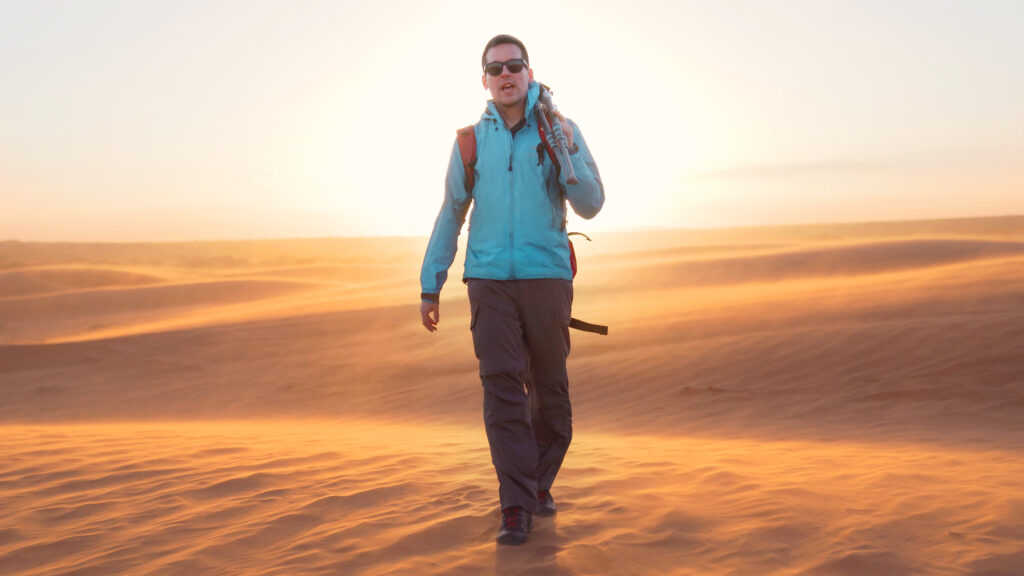
Tips for Great Wide-Angle Landscape Photography
I’ve always been a wide-angle junkie—the wider, the better. Perfectly suited for the classic “near-far” style of landscape composition, wide-angle lenses give you the ability to simultaneously include generous amounts of foreground, background, and sky. And ultra-wide lenses, which push the limits of wide-angle photography, allow you to create challenging and unique perspectives. Shooting with an ultra-wide lens comes with some very specific challenges, and the generous angle of view doesn’t work for all scenes and circumstances. But when the time and the place are right, ultra-wide lenses can yield spectacular results.
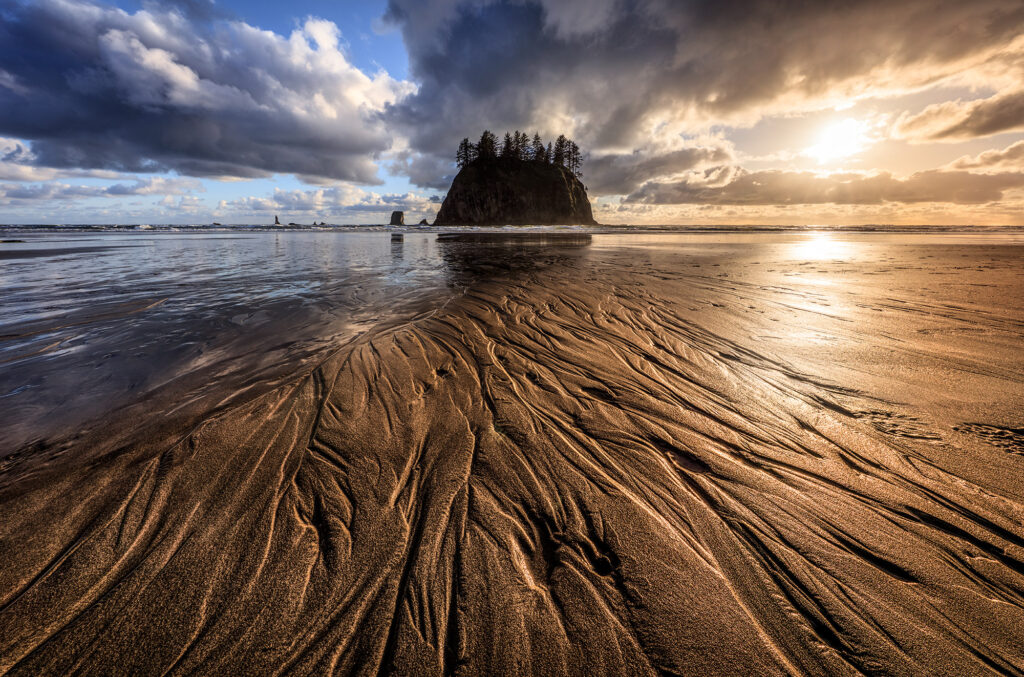
For purposes of this article, I’m defining ultra-wide as rectilinear lenses (not fisheyes) wider than 16mm on a full frame camera (or its equivalent on a cropped sensor camera). I’ve used many full frame ultra-wide lenses over the years, but I’m currently using Sony’s 12-24mm f/2.8 lens. But I sometimes go even wider; third party options can get you as wide as 9mm on a full frame camera. Now that’s wide!
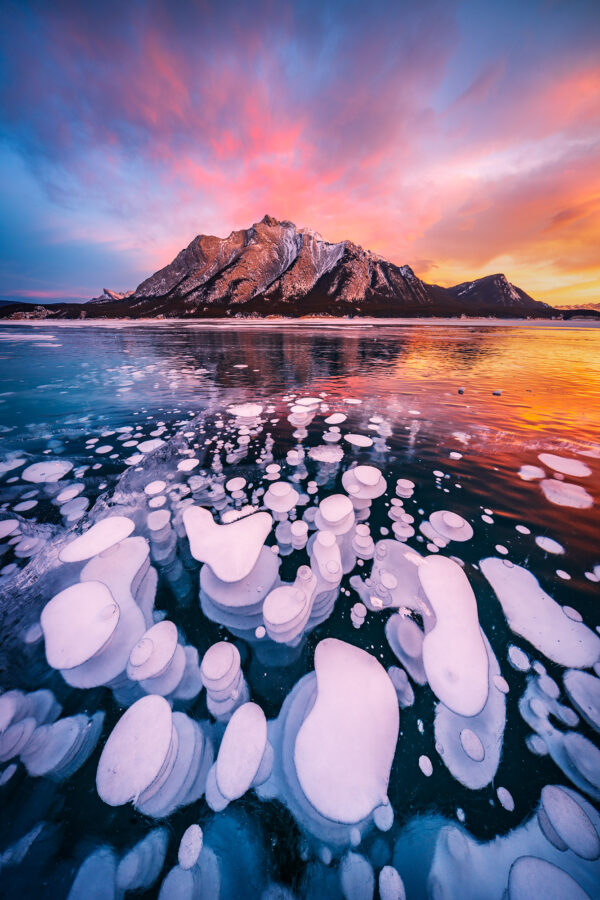
So, when are ultra-wide lenses useful? They really aren’t “all-purpose” lenses, although once you start shooting with one, you’ll likely find yourself gravitating to scenes and subjects that favor their use. Cramped interiors are perfect for ultra-wide lenses, and I always bring one along when I know I will be working deep inside tight slot canyons, or in the ice caves that form along the cliffs of Lake Superior’s southern shore.
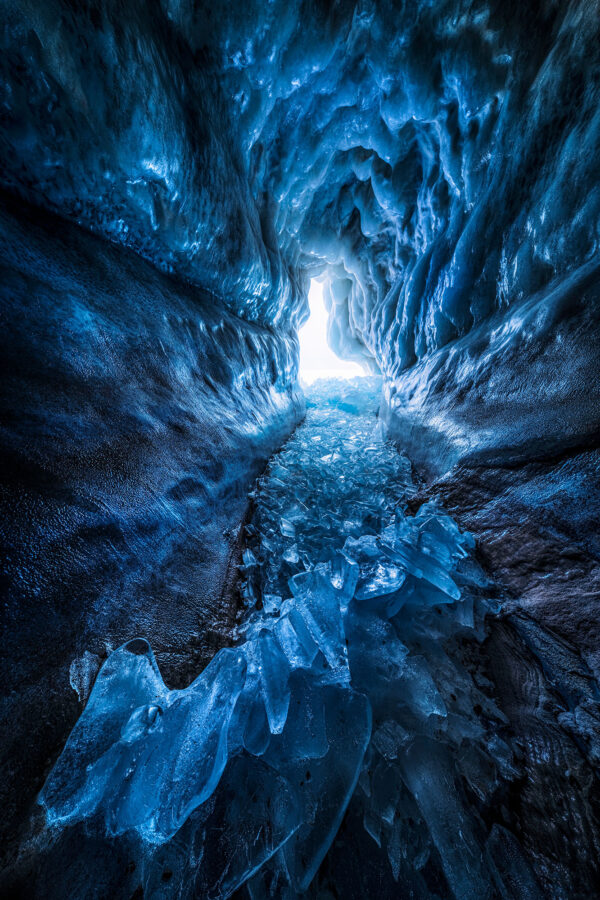
But personally, I’ve always viewed ultra-wide lenses as my “big sky” lenses, perfect for moments when dramatic clouds fill the sky. Wide-angle lenses excel at big sky moments, giving you the opportunity to create compositions juxtaposing interesting foregrounds with dramatic clouds.
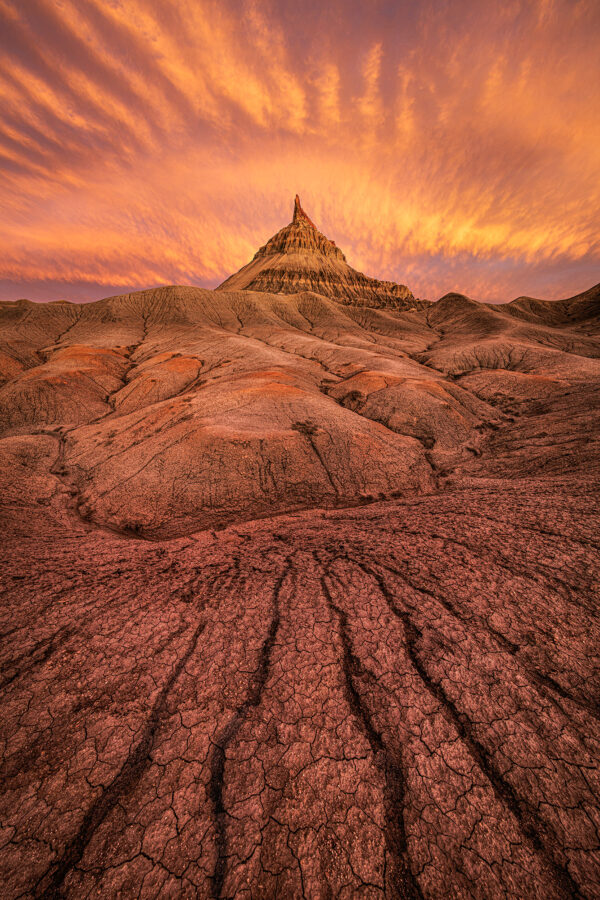
When using an ultra-wide lens, even huge subjects (such as massive mountains) can start looking small. Getting close (to both foreground elements and big background features) is a good strategy when working with these lenses. If you really want to wow viewers, get close to interesting foreground features. Ultra-wide lenses allow you to create photos with unusual and exaggerated perspectives. Just make sure to choose a foreground that is interesting and that facilitates the viewer’s movement deeper into the composition. I like to fill the bottom part of the frame with my foreground, usually getting only a few feet (or even inches) away to take maximum advantage of wide-angle perspective distortion. When getting really close to your foreground, you may need to use a smaller aperture to ensure sharpness from near to far (try f/11 or f/16 to make sure everything in your photo looks tack sharp or use focus stacking).
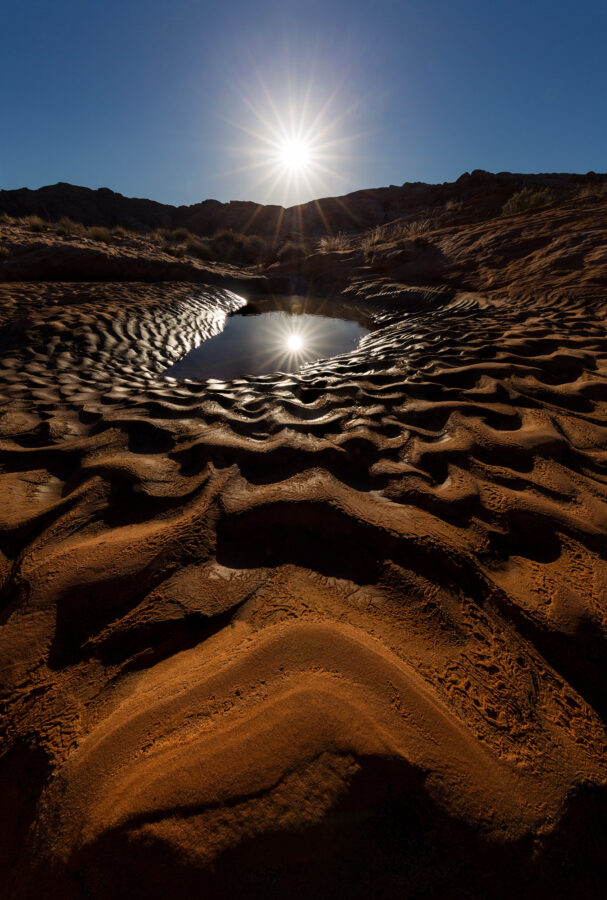
With certain wide-angle subjects, wide-angle distortion can greatly enhance your composition. For example, when shooting parallel lines heading away from you, such as the striations found in many slot canyons, a wide-angle lens will render them as diagonal lines radiating from the edges of the image frame appearing to converge in the distance. The result is a compelling radial pattern that relentlessly draws the viewer deep into the composition.
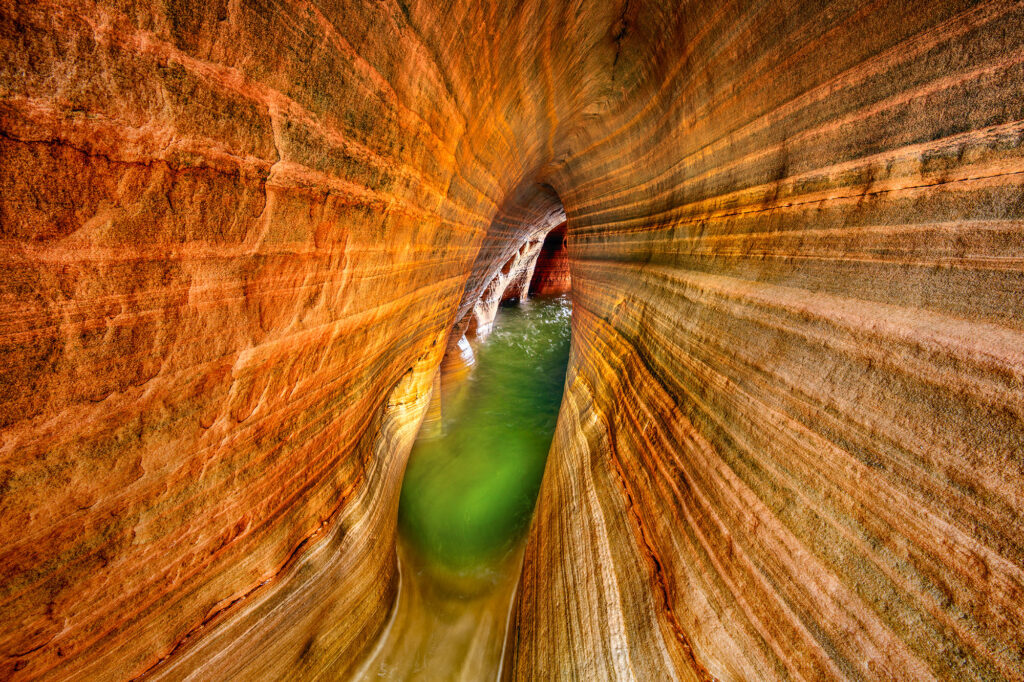
World-renowned professional photographer Ian Plant travels the globe seeking out amazing places and subjects in his never-ending quest to capture the beauty of our world with his camera. Known for his inspiring images and single-minded dedication to creating the perfect photo, Ian has reached hundreds of thousands of people around the world in his mission to inspire and educate others in the art of photography. Ian is the author of dozens of instructional books and video courses and founder of Photo Masters.
You can see more of Ian’s work at IanPlant.com, and keep up with him on Instagram, Twitter, and Facebook.



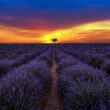
1 comment